It’s April! Spring has sprung! For people in warmer climates, that means planting may have started or is not far off. For many others, we’re getting close, but not quite there (though even mid and lower zones have something they can plant this month). This is, however, the month to get going and get growing.
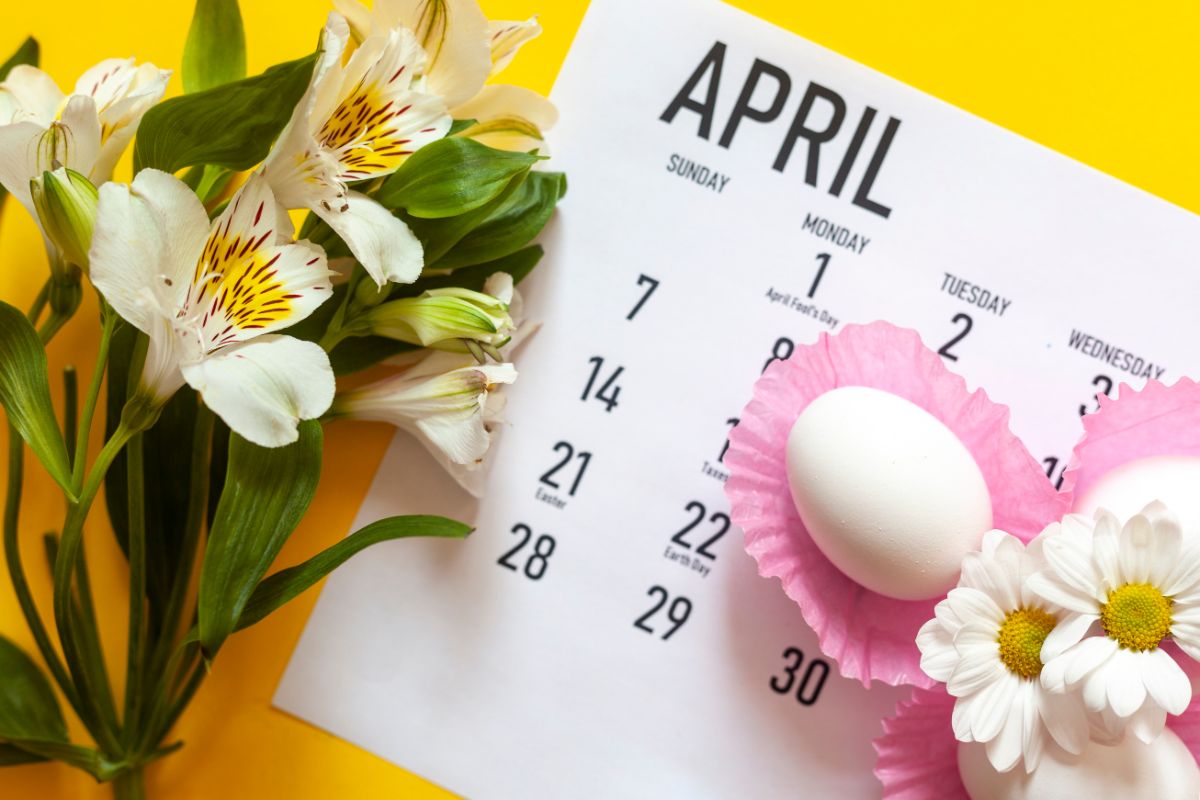
Get your feet wet and work your way into the new gardening year with these:
10 Smart Gardening Tasks for Gardeners in April (Plus a Bonus)
Jump to:
- 1. Rake and refresh landscape and perennial beds.
- 2. Pull back mulch on fall-planted bulbs and perennial crops.
- 3. Consider a cover crop.
- 4. Create new garden beds.
- 5. Solarize garden ground.
- 6. Plant orchards, trees, and berry bushes.
- 7. Plant new perennials.
- 8. Keep caring for seedlings.
- 9. Plan your plots.
- 10. Start planting cool weather crops.
- BONUS: Wait to Plant!
1. Rake and refresh landscape and perennial beds.

It’s always smart to get your yard and garden cleanup done before you get busy with the planting, weeding, and maintenance of vegetables gardens. If you take care of those lower-maintenance landscapes and perennial beds now, they won’t be vying for your attention when you’re in the thick of planting next month.
Tasks to do now include cutting back dead stalks, pruning old growth, raking off dead plants, leaves, and winter trash. This is also the time to apply mulch where you need it and add a fresh layer of mulch on top of the old to give it a nice, clean, crisp look. It’s easiest to mulch while plants are small and you can easily work around them.
2. Pull back mulch on fall-planted bulbs and perennial crops.
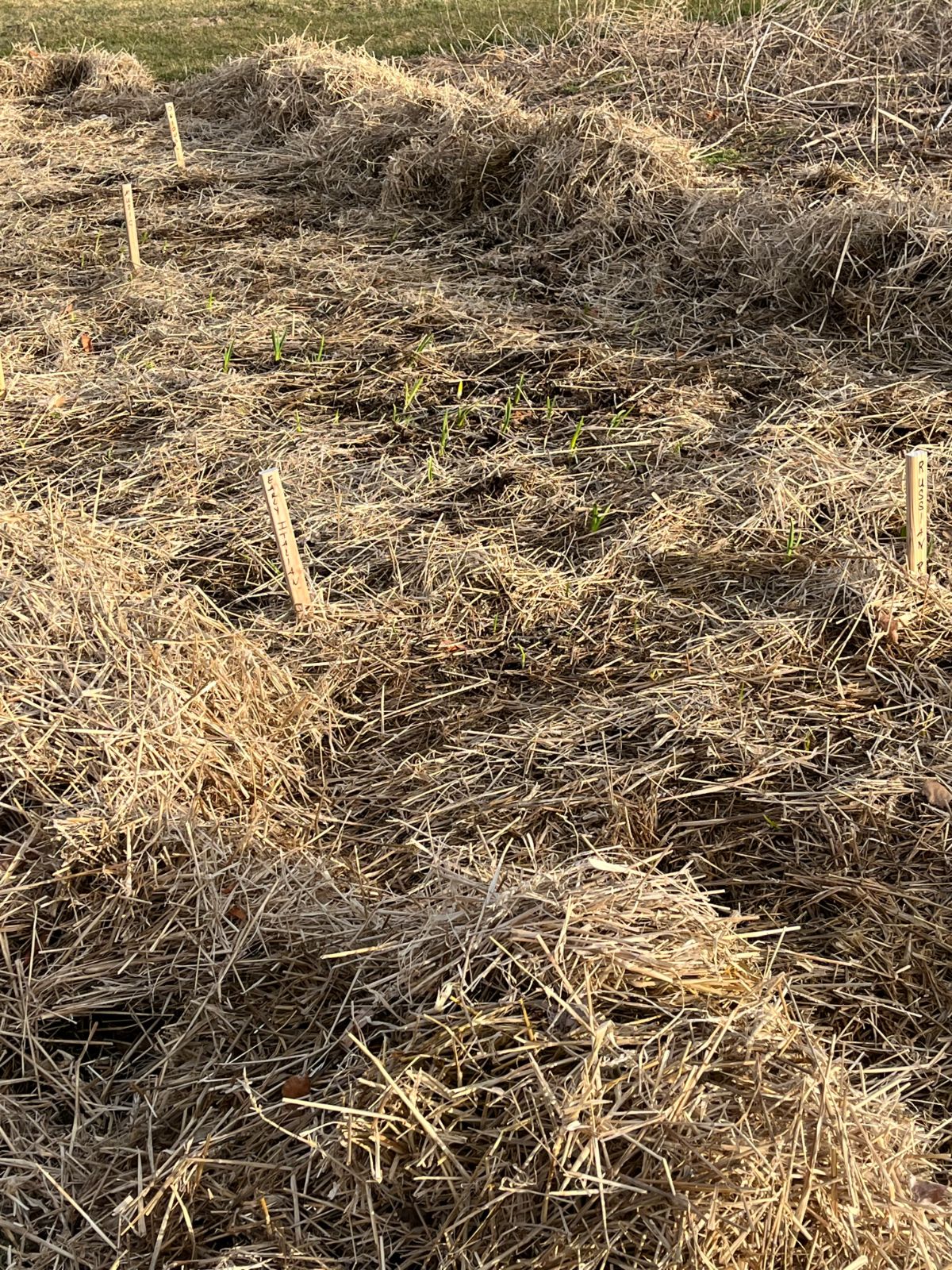
By now your fall-planted garlic, onions, and flower and ornamental bulbs should start peeking through the ground with new green shoots. Be aware that that protective layer of mulch you gave them in the fall might now be working against you, because it might be trapping frozen moisture and keeping your ground cold.
As the temperatures moderate, pull back the mulch layer to let the sun and warmer temperatures through to the surface of the ground. It’s fine to leave a light skim layer but take the bulk of the material off for a couple of weeks. After the ground has warmed, your shoots are strong, and they’ve greened up, you can replace the mulch to a depth of about two inches to minimize weed growth.
If you have a mulch layer on top of crops like strawberries for winter protection, pull it back to the edges and expose the plant leaves. As with garlic and other bulbs, it’s okay to reapply mulch for weed control but with the sun out and strong, you do not want your plants completely covered any longer.
3. Consider a cover crop.
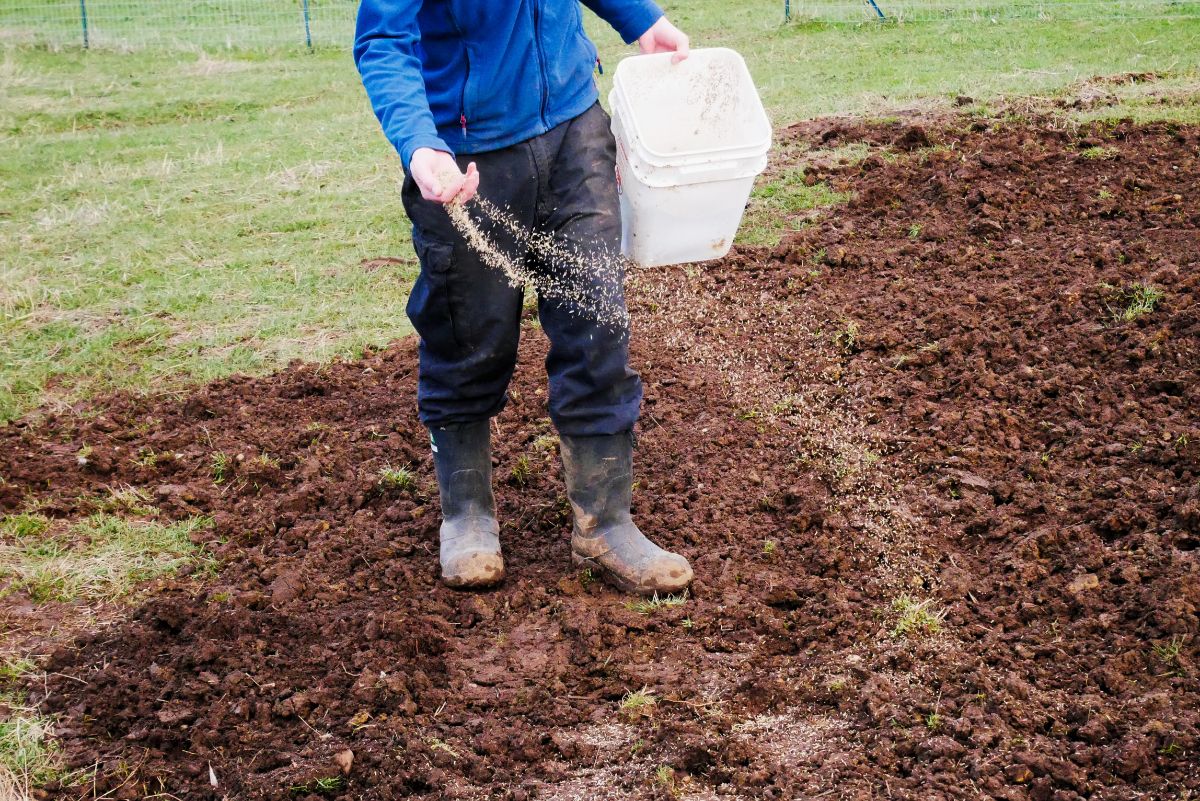
There are two times to consider planting cover crops—in the fall and in the early spring. There are a variety of cover crops to consider, depending on what your goal for the cover crop is.
You might use a cover crop as a “green” manure. In this case, you want to plant a fast-growing cover crop that you can till under before you start planting in late May and June. Make sure you leave the recommended amount of time for that cover to break down prior to planting (you’ll need to read up on cover crops to find out how to plant and manage your specific kind of crop).
You might also use a cover crop as a sort of living mulch and/or living fertilizer. For example, a cover crop like clover can live alongside your plants to act as weed suppression. Legumes like clover are also nitrogen-fixers that act as fertilizers. For a crop like this, you would want to start the crop early, let it get established, and then dig or plant through it when the time comes to put your vegetables and annuals in. Clover is low-growing and can take being mowed, whereas weeds cannot, so it’s a good aisle and border choice, too.
4. Create new garden beds.
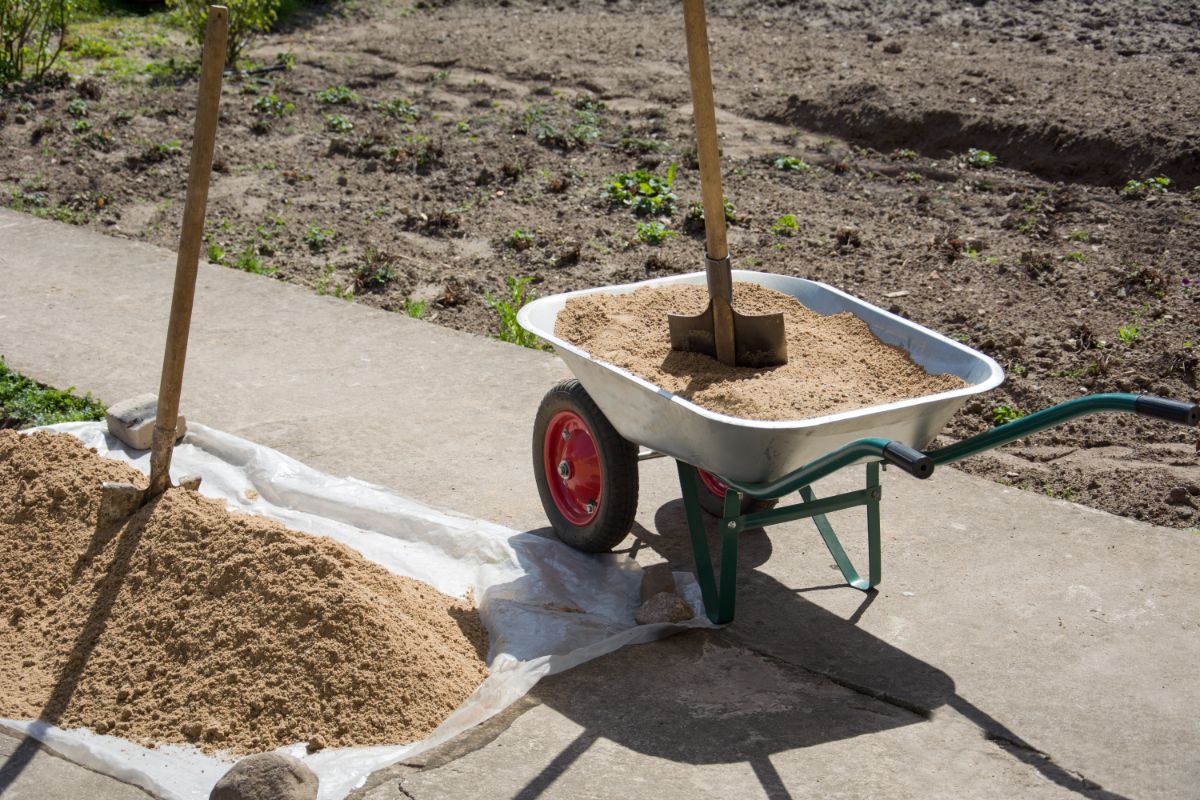
April is a great month to break ground on a new garden bed (or beds). It’s easiest to work new beds before weeds and grasses start growing in earnest. You’ll get ahead of a lot of them, and the dormant roots and short plants are more easily tilled and killed.
If you prefer no-till gardening or want an easier way to kill off existing growth for a new bed, you can make a simple bed by covering the space with a light-blocking tarp or laying out heavy layers of cardboard or paper with mulch or wood chip on top. By depriving grass and weeds of light, they will die off after a few weeks and you can plant through the mulch layers. No digging, no tilling, no back-breaking.
If a new bed is in your plans, early spring is prime time to get it going. Take advantage of the low growth but also take advantage of the time you have available while not tending to vegetable gardens, harvests, and preserving.
5. Solarize garden ground.
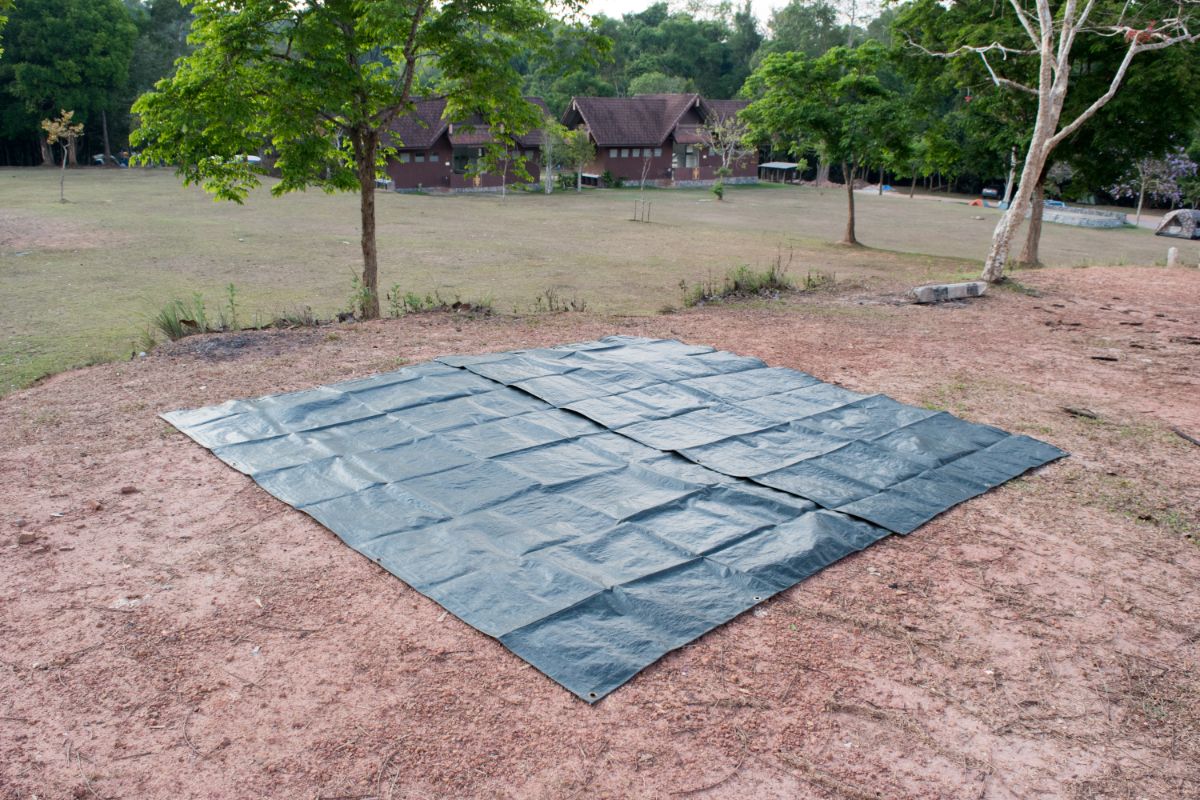
Similar to the above, April is a great time to use the technique of covering and solarizing ground to prep for growing to kill early weeds. Many weed seeds are quite hardy and will germinate even before it is warm enough for you to start planting.
The idea with solarizing is that your covering will amplify the sun’s warmth, trigger weed seed to sprout, and it will then die because it will be deprived of light and photosynthesis. This is done very easily by simply laying a dark, heavy tarp or black plastic over the area where you will be planting. When it is time to plant, lift the tarp and enjoy planting in mostly weed-free ground. Since you are not ready to start your garden anyway, there’s really nothing to lose, but a lot to gain in terms of time and effort.
One other advantage of solarizing is that it helps heat your garden soil which will make it an even more hospitable space for your transplants and seeds when you do plant them.
6. Plant orchards, trees, and berry bushes.

Fall is well known as a good time to plant trees, fruit trees, and berry bushes. These are all hardy perennials that, when planted in the fall, will lie dormant until the time is right to wake up and grow. But early spring is a great time for planting orchard trees, ornamental trees, berry bushes and the like, too.
Basically, for the same reason—they get in the ground while life is still dormant, so they don’t much notice that “lost” winter season and they are in early enough to acclimate to the normal growth cycle. The ground is moist in the spring and does not dry out quickly, which is essential to establishing new tree and bush roots. So, if an orchard or berry stand is in your plans, plan to plant it in April. You can plant news trees as soon as the frost is gone from the soil and the ground is workable.
7. Plant new perennials.
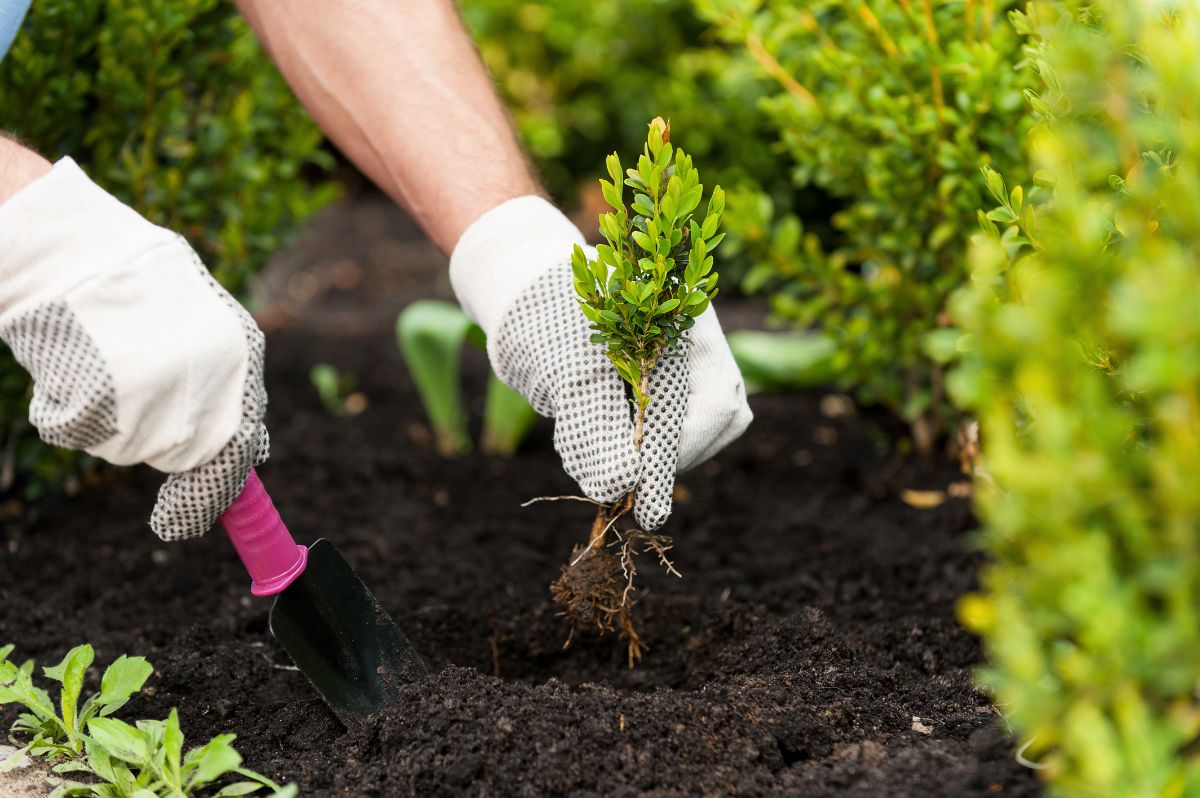
The idea with perennials is that they will come back every year because they can survive the cold of winter in a dormant state. That means that they can take cold and frost. That means, you do not need to wait until after your frost dates to plant them.
Get a jump on your spring and summer perennial planting by planting them in April and getting that chore out of your way. Do pay attention and check the plants you’re selecting to be sure they are hardy in your growing zone, though.
8. Keep caring for seedlings.
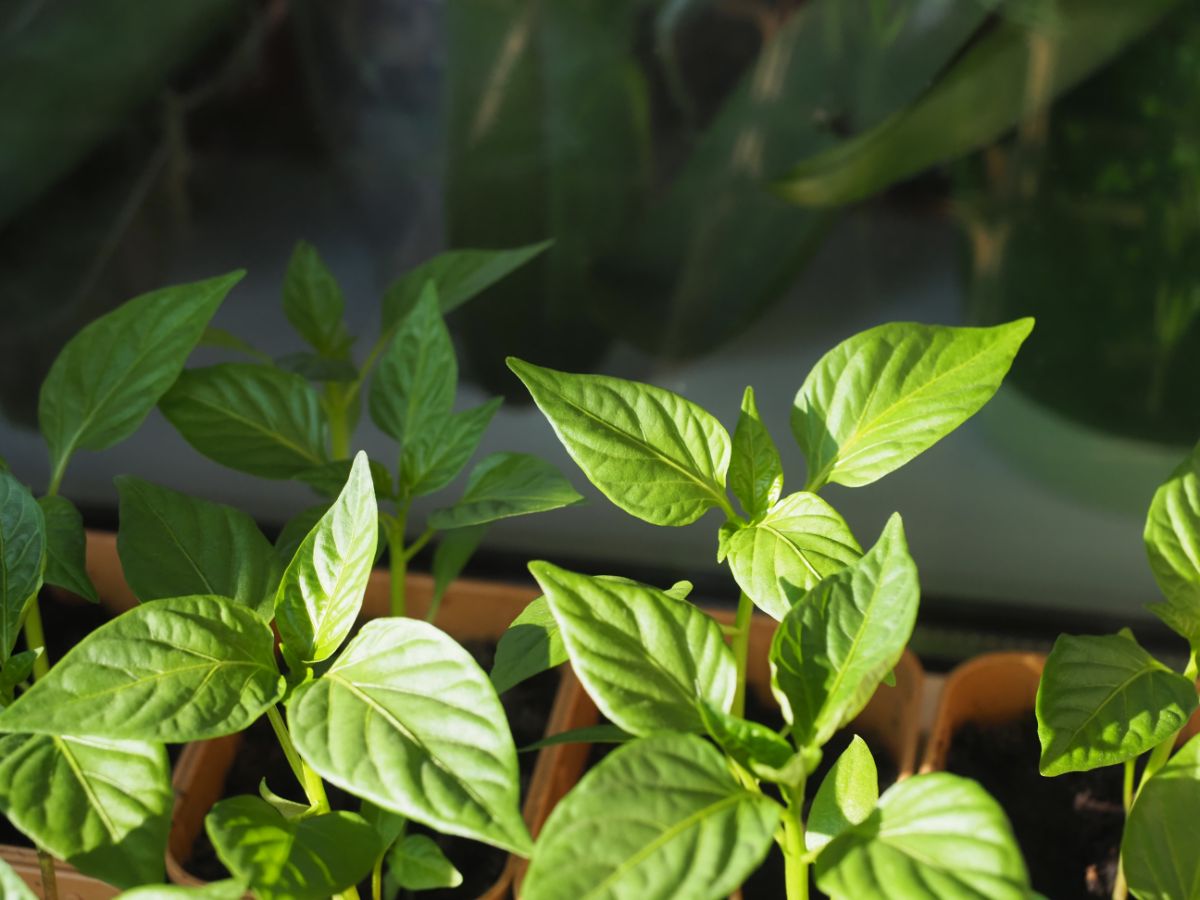
If you started plants from seed in March you will need to continue to care for them until you are ready to transplant them outside. If you have not already, it is probably time to pot up the sprouted seedlings.
It is also time to start fertilizing your seedlings with a diluted all-purpose fertilizer (a good practice is 50% diluted water-soluble fertilizer weekly).
Make sure that your seedlings get all the essentials throughout this month—plentiful light, adequate water, feed, and good air flow.
As you get close to your last frost and planting dates, make sure you harden off your transplants. Plan to start this process about two weeks before you plan to plant your seedlings outside.
9. Plan your plots.
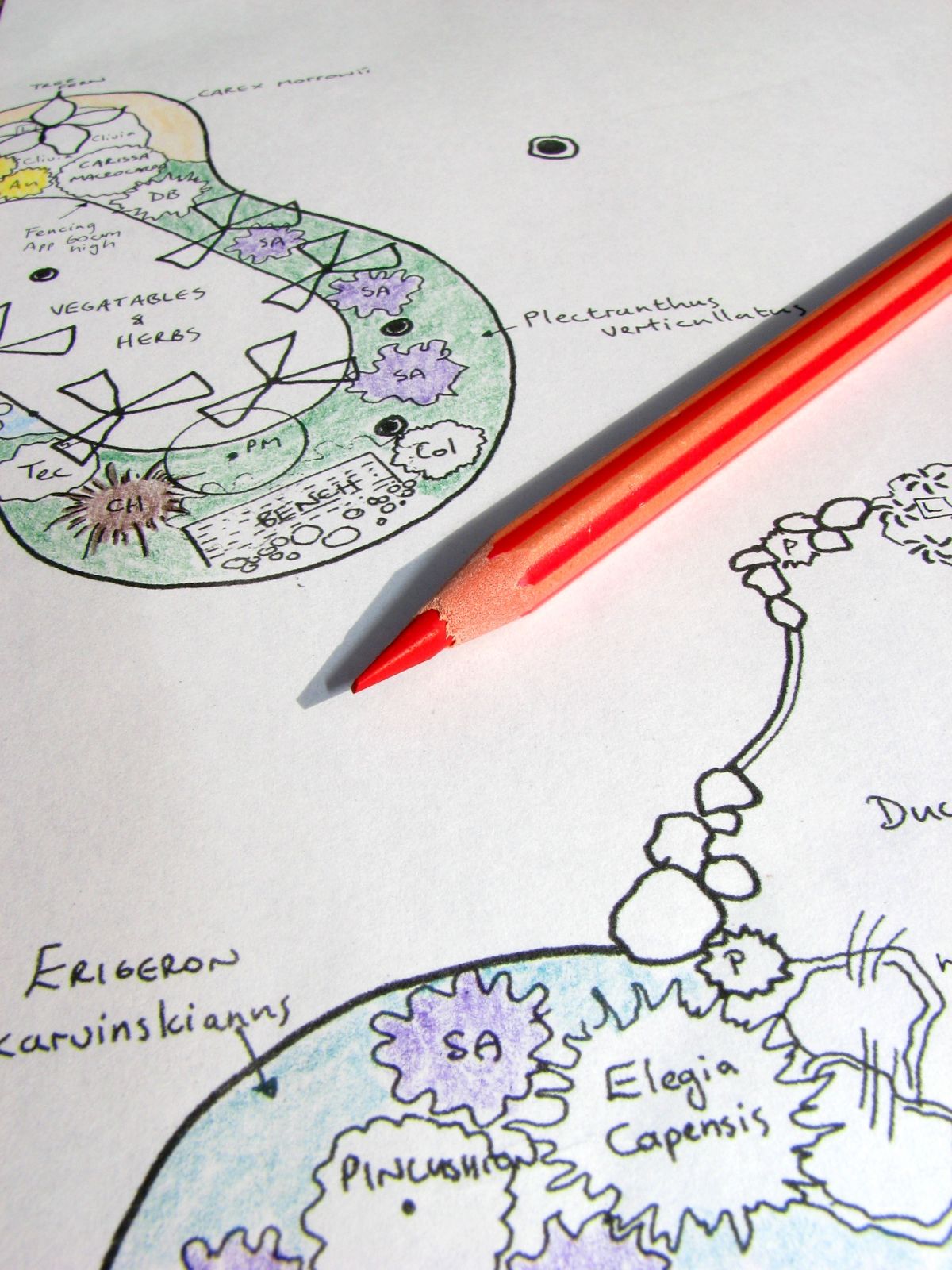
April is also the time to plan the layout of your flower beds and vegetables gardens. Take the time to decide on your layout and plan your garden now, well before planting. While it may seem like planting is a long way away, it’s wise to do this before you need to plant.
Why? Because not all plants will be going in the ground at the same time. Some cole crops and cold-weather tolerant plants will go in several weeks before your more tender vegetables and annuals. Not knowing what you want planted where will make this task more overwhelming. You could end up planting something where you really want something else to go.
If you have a garden plan , you can leave space for the crops that aren’t ready to go in and still be able to put everything where you want it to go.
TIP: Save your garden plans from year to year. This will help you plan future layouts and also give you a reference for crop rotation and companion planting.
10. Start planting cool weather crops.
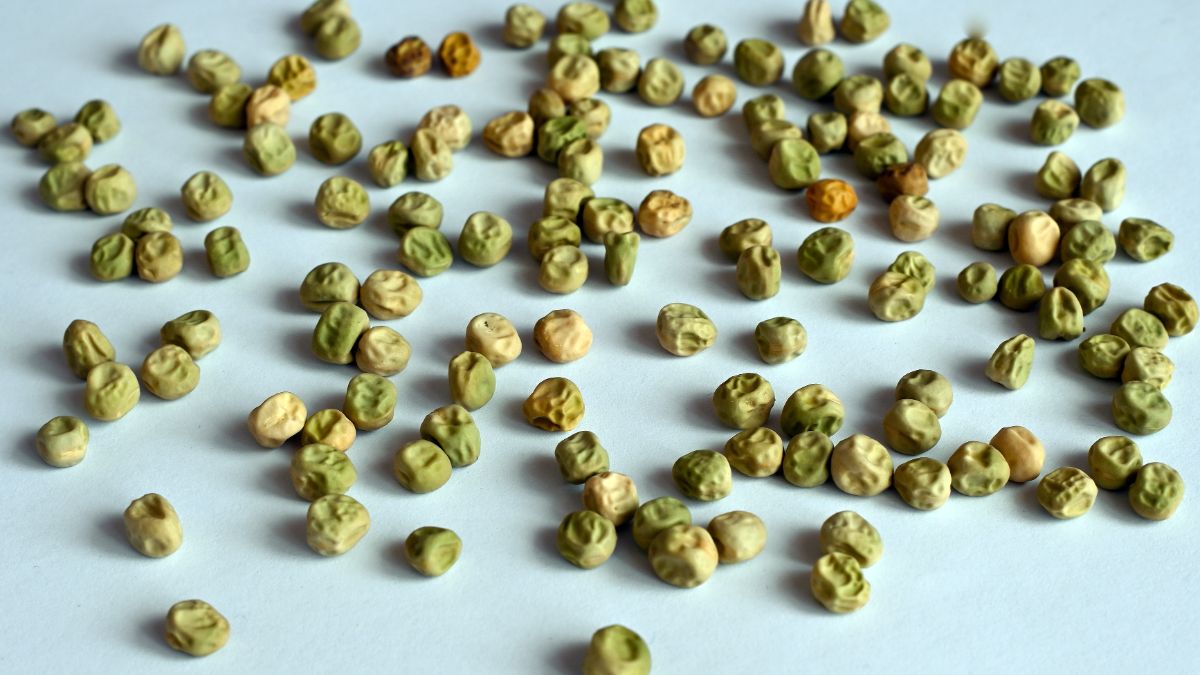
Vegetables that prefer cool weather can be planted starting in April (and earlier in more southern climes). Yes, even if there is the potential of a freak snowstorm or frost, these seeds will survive and thrive.
Peas are the first seed of the year to be planted in most locations and by mid- to late-April almost everyone can be planting peas. Peas do better in the cooler temperatures of the early growing season. Pest pressure is also lower. And the taste is said to be superior as opposed to peas that finish in the heat of summer.
Other seeds that can be put in the ground practically as soon as it is workable are lettuce, greens, spinach, carrots, parsnips, beets, and chard. In fact, the moister conditions of spring should help these seeds germinate. Carrots and beets especially can be tricky to germinate as the weather gets warmer because they can’t tolerate drying out.
For more on late winter and early spring sowing, check out this video from MI Gardener:
BONUS: Wait to Plant!
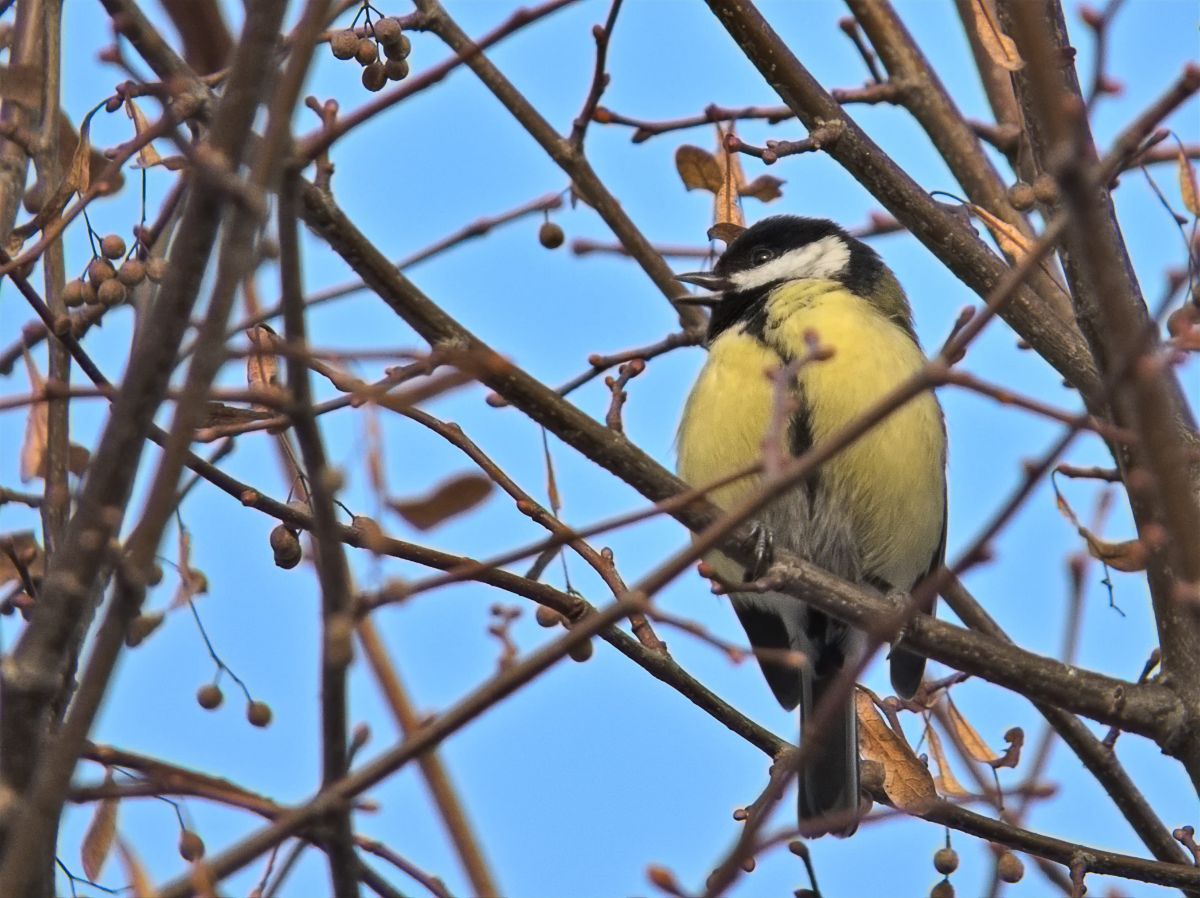
Aside from those cold-loving crops, the best things a smart gardener can do in April is WAIT TO PLANT YOUR TENDER PLANTS AND SEEDS!
Yes, it is tempting to get going and get growing. Yes, we all experience false springs and get periods of warm temperatures and mild conditions that fool us into thinking spring has fully arrived. Yes, we all think we can be the one who beats that tell-tale last frost date and get a jump on the growing season.
Don’t fall for it! Know your frost date . Believe it. Follow it. Plant according to it. Just as the season turned unseasonably warm overnight, it can turn back just as quickly. You’ve come too far and have too much invested to risk losing it all now to a fickle Mother Nature.
Plant the safe seeds and be content with them for now. Enjoy working your perennial beds and freshening up the place for the season ahead. Take a few moments to relax, enjoy a coffee in the warm gifts of sun, and rest up for the busy gardening season ahead. It’ll be here before you know it, and there will be plenty to plant next month!



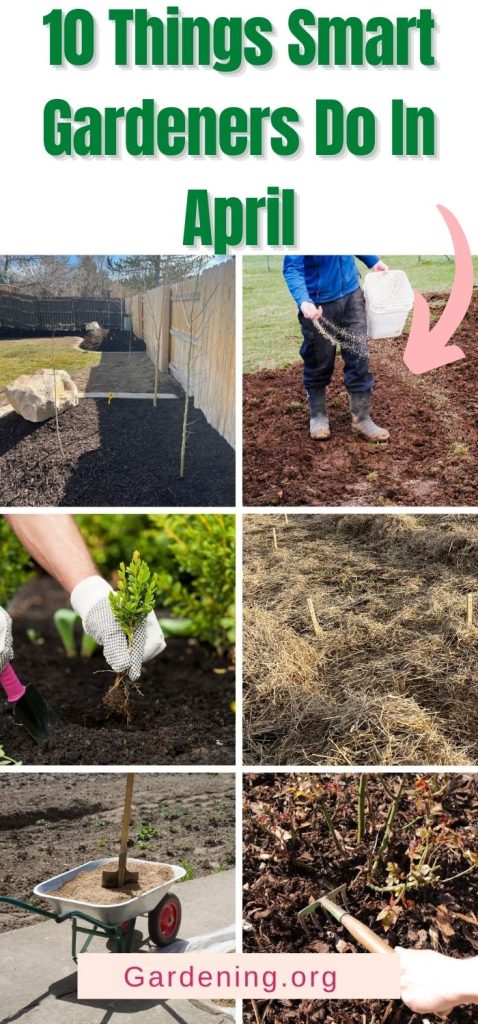
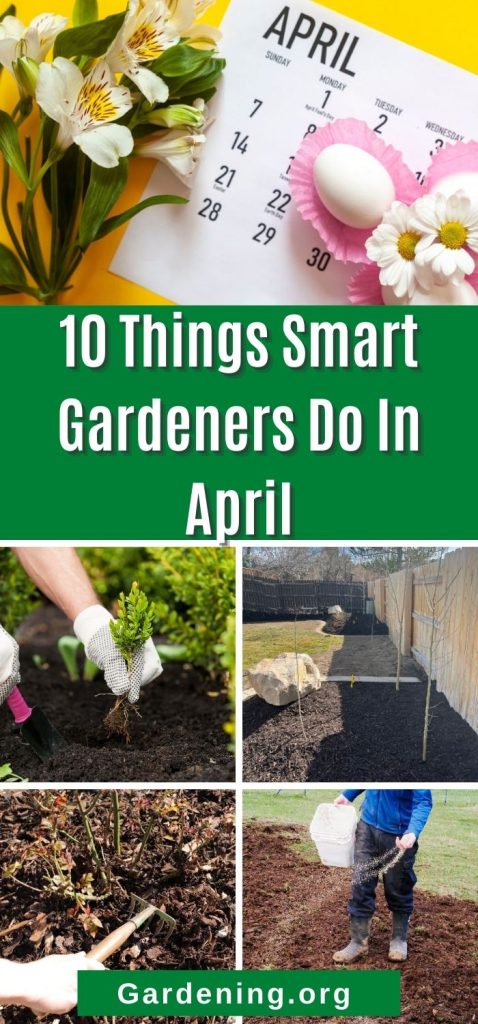




Cindy
I love flowers, They smell so good in the summer time.
Bob
Thank you